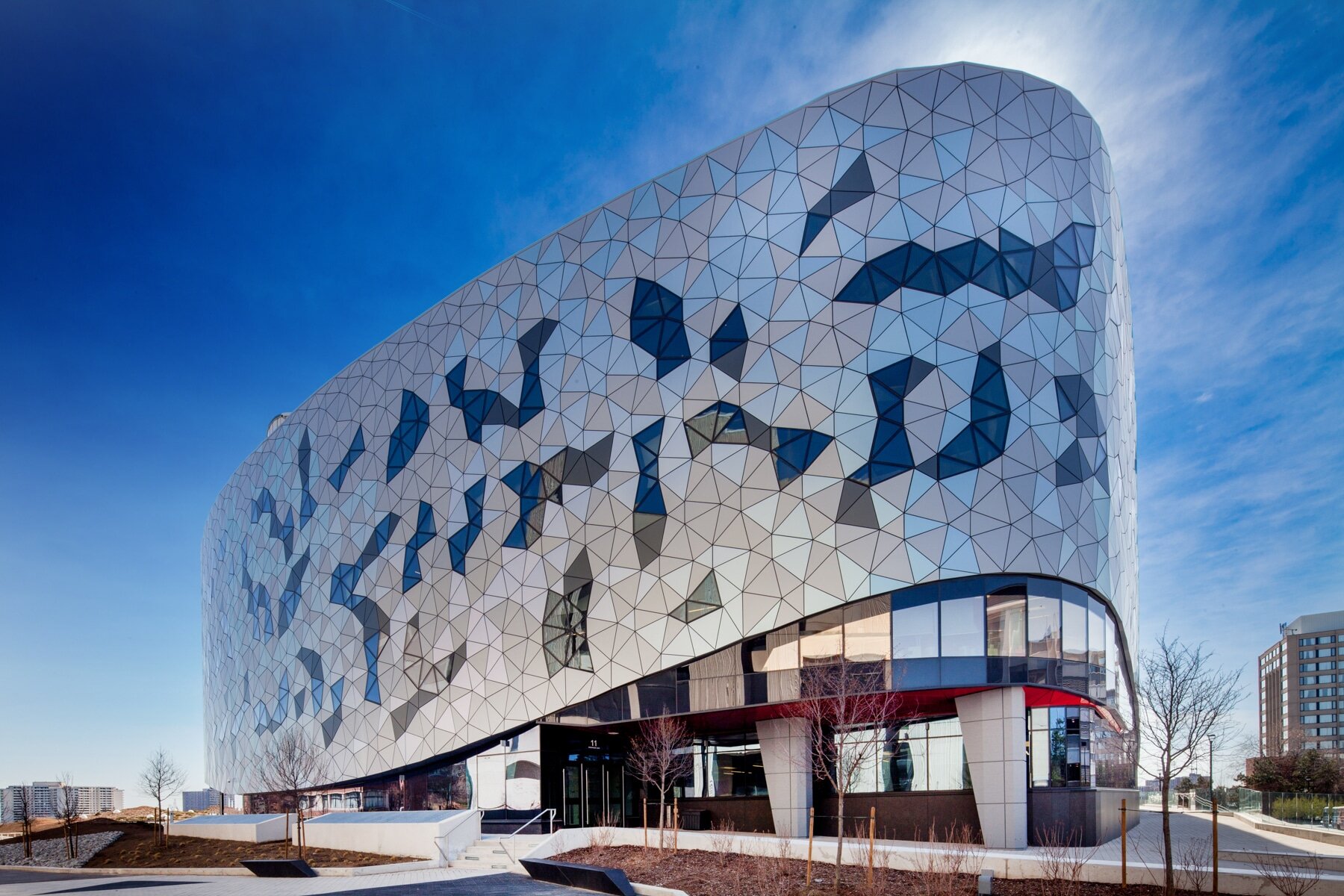Energy and Environmental Design
Archmill contributes to LEED Certification.
Archmill House is experienced in the materials and techniques required to achieve LEED certification and has to date participated in 18 LEED certifications that have been recognized with platinum, gold, and silver awards.
What is LEED Certification?
Leadership in Energy and Environmental Design (LEED®) is a third-party certification program and an internationally accepted benchmark for the design, construction, and operation of high-performance green buildings. It provides building owners and operators with the tools they need to have an immediate and measurable impact on their building’s performance.
LEED rating systems encourage and accelerate the global adoption of sustainable green building and development practices through the creation and implementation of universally understood and accepted tools and performance criteria.
LEED promotes a whole-building approach to sustainability by recognizing performance in five key areas of human and environmental health:
Sustainable site development
Water efficiency
Energy efficiency
Materials selection
Indoor environmental quality
Credits and Prerequisites are organized into these five categories. An additional category, Innovation & Design Process, addresses sustainable building expertise as well as design measures not covered under the five environmental categories.
Canada Leaders in Green Building
Canada has the second-largest number of certified buildings and LEED-certified space in the world, after the United States.
Since certifying its first project in 2005, the CaGBC (Canada Green Building Council) has been collecting data to evaluate the impact that LEED Canada has made on Canadian energy and water consumption, greenhouse gas emissions, and waste diversion. In April 2016, CaGBC announced that Canadian LEED-certified buildings have reduced over 1 million tonnes of CO2e in GHG emissions since 2005.
Archmill Committed to Green Practices
Archmill is committed to earth-friendly, responsible, and sustainable architectural woodworking and construction practices and will be there every step of the way to ensure that our clients earn the maximum LEED points within the budget parameters.

